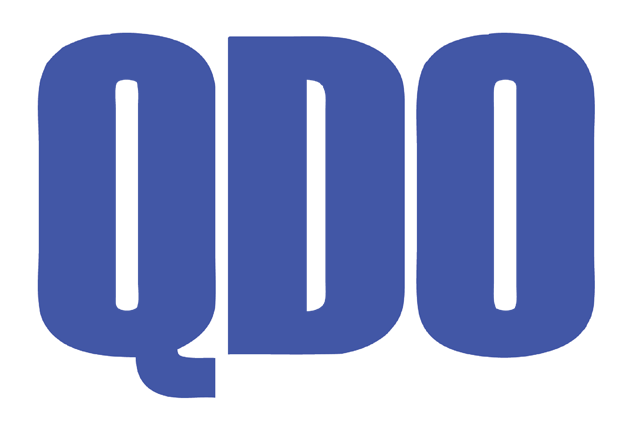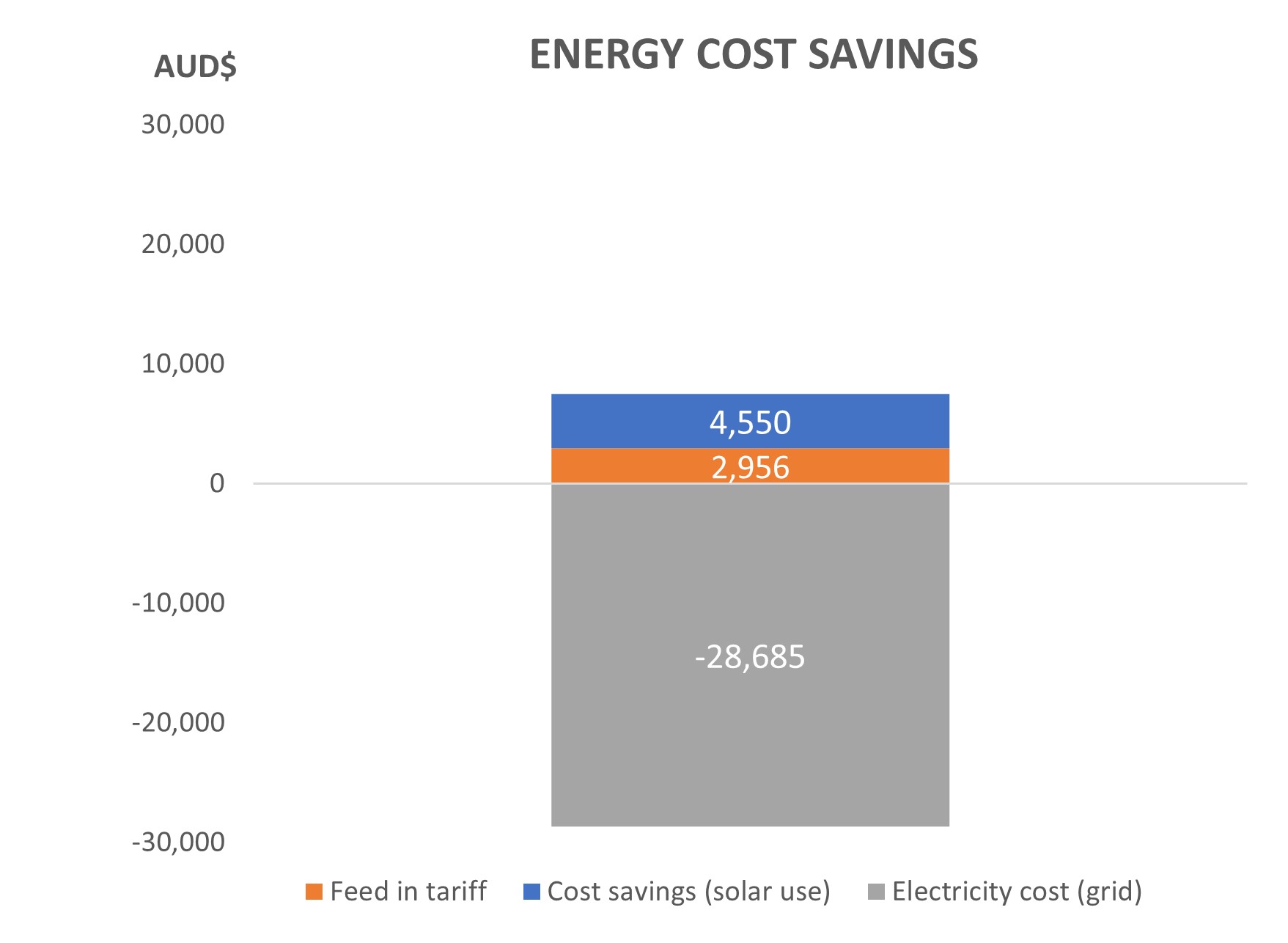The dairy farm produces feed onsite using the following irrigation infrastructure:
- 40ha part circle, 470m span centre pivot.
- A total of 84ha irrigated by several soft hose travelling irrigators.
- A network of 150mm and 100mm PVC underground pipelines linking several pump sites and dams to irrigate 124 ha.
Currently, water is supplied to the irrigators from a dam using a 100x65x250 pump running at 42% efficiency and connected to a 37kW motor with a VSD. With an average annual energy use of 57,387kWh, it currently delivers 7.3kWh/ML/m, above a typical benchmark for energy used at 5kWh/ML/m.
The recommendations in the audit explored different options to replace current infrastructure, reduce costs and improve the system’s overall efficiency.
Table 1. Energy and cost savings from audit recommendations.
| Recommendation |
Capital Cost ($) |
Annual Energy Savings (kWh) |
Annual Cost Savings ($) |
Payback Period (years) |
| Investigate inefficient pump and fix (keep existing suction line) |
2,500 |
24,505 |
5,955 |
0.41 |
| Investigate inefficient pump to fix it and install new 200mm HDPE suction line |
5,000 |
24,505 |
5,955 |
0.83 |
| Replace pump (keep existing suction line) |
8,000 |
24,505 |
5,955 |
1.34 |
| Replace pump and install new 200mm HDPE suction line |
10,500 |
24,505 |
5,955 |
1.76 |
| New centre pivot (34ha)
(savings include labour, production, and scheduling) |
220,000 |
35,516 |
35,031 |
6.28 |
| New centre pivot (16ha)
(savings include labour, production, and scheduling) |
140,000 |
16,245 |
16,907 |
8.28 |
Travelling irrigators typically have a low distribution and co-efficient of uniformity, leading to over and under watering in the paddocks. Installed on a separate meter, energy use is currently 48,433kWh per annum.
There are considerable costs involved when moving to a centre pivot, and it is important to determine the highest returns for your business. As centre pivots operate at lower water pressure than travelling guns, they can offer energy efficiency gains, reduced costs, and improved production. Further, the reduced labour required in running the pivot can lead to significant additional savings.
With large variability in Australia’s rainfall, water is stored in dams with the energy required to move water around the farm, often involving double-pumping, that is pumping to harvest water into storage then irrigation pumping. If water can be saved, then energy can be saved as well.
Table 2. Efficiency of irrigation improvements recommended.
| Irrigation System |
Distribution of Uniformity (%) |
Scheduling Coefficient |
Energy Savings (kWh) |
| Travelling Gun |
41 |
2.5 |
N/A |
| Centre Pivot (34ha) |
90 |
1.11 |
12,918 |
| Centre Pivot (16ha) |
90 |
1.11 |
6,547 |
The lower scheduling coefficient results in reduced run times leading to energy savings. The centre pivot will consume the same volume of water (or more), though with improved uniformity an increase in production-per ML of water can result. With an estimated increase of 2t of dry matter (DM) per hectare, the farm could expect an increase in production value.
Table 3. Productivity of irrigation improvements recommended.
| Recommendation |
Production (DM/ha/Year) |
Production Increase (t/DM) |
Production Value ($) |
| Travelling Gun |
6-8 |
N/A |
N/A |
| Centre Pivot (34ha) |
8-12 |
68 |
Up to 40,000 |
| Centre Pivot (16ha) |
8-12 |
32 |
Up to 20,000 |
With a quicker payback, the audit recommended installing a new centre pivot over 34ha. The suction line should be replaced, and the pump investigated for potential issues. If repair of the pump is not cost-effective, then it is recommended to replace it.
From the above and combined with the potential energy reductions on the milking enterprise, the farm could reduce the overall site consumption and costs onsite across a few energy meters.
An energy audit is a good investment
An energy audit is a great way for a business to cut costs and boost productivity. Find out about what’s involved in an energy audit HERE and subscribe to our bi-monthly energy e-news HERE.
If you have any energy efficiency related questions for the team, get in touch at energysavers@qff.org.au.
The Energy Savers Plus Extension Program is delivered by the Queensland Farmers Federation with support and funding from the Queensland Department of Energy and Public Works.






